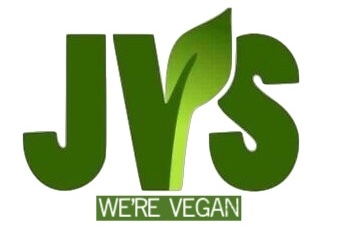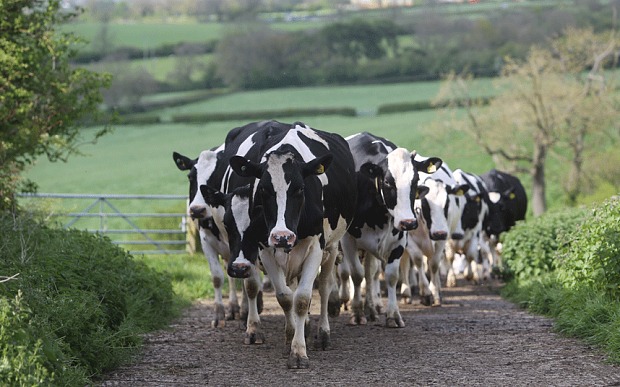Written by By Elizabeth Anderson and Rhiannon Bury for the Telegraph
Thousands of dairy farms face closure as debts reach crisis levels. Around a fifth could close this year, according to some estimates.

As many as one in five of the UK’s 10,000-plus dairy farms could be forced to close this year, as falling milk prices and rising debt reach crisis levels for farmers across the country, various industry bodies have warned.
The National Farmers Union (NFU) said many dairy farmers are at the end of their tether, operating at a loss and unable to receive any more finance from banks.
“We’re expecting an awful lot to exit the industry by the end of this year, when lots of farmers will have eaten up their savings. Last year the figure was 4pc, but the expectation is more will exit this year, whether it’s 10pc or 20pc,” said the organisation’s chairman Rob Harrison, who also runs his own dairy farm and says he lost £150,000 worth of income last year.
• The growing crisis in Britain’s farms
Currently, there are around 10,500 dairy farms across England, Scotland and Wales. Ten years ago, that figure was closer to 21,000.
The Agriculture and Horticulture Development Board (AHDB) added that 75pc of British dairy farms not on an aligned contract are currently operating at a loss, casting a shadow on how many will be able to remain afloat in the coming months. The Royal Association of Dairy Farmers says farms are currently closing at the rate of around 5 a week, and this could rise.
Industry analyst Ian Potter, of Ian Potter Associates, anticipates there could be less than 5,000 dairy farms in the UK in 10 years’ time.
Nick Adames, owner of Black Barn Farm in West Sussex, said generations of his family have been milking cows since 1895 and the prospect has never been so dire. In December, he received 20.64p per litre of milk, down from 27.15p the same month the year before, and 32.69p in 2013. His production costs are around 31p a litre.
“No other industry would continue on this basis of profitability, and it’s only because we are dealing with livestock that we don’t want to have slaughtered. But as feed stocks run down and have to be grown and replaced, many will simply get out. Planning for the next two years has to be done well in advance and there is no income to fund crops. Once the banks lose faith in us being able to pay them back, you will see a huge exodus,” he said.
Government figures released last month estimate the average income of dairy farmers will have dropped by 45pc in this tax year to £46,500. Across other farming groups, the financial situation isn’t much better, with those operating in cereal, pigs and general cropping also reporting a slump in revenue.
Almost a third of all farmers who sold up last year cited debt as one of their key reasons for exiting the industry, according to figures from property group Savills.
Its report found that 30pc of farmers, and almost 20pc of all sellers of farmland, sold for debt-related reasons, the highest in many years. Sales agents reported that even where whole farms were not being sold, smaller parcels of land were coming to the market as farmers looked to rationalise their assets.
Mark McAndrew, head of Strutt & Parker’s estates and farm agency department, said: “Last year we were seeing quite a few small blocks of land coming to the market, possibly because [farmers] are having trouble making a profit and they’ve still got a mortgage to pay.”
However, Andrew Fallows, head of the farm agency team at Carter Jonas, said banks are trying to reach agreements with farmers to avoid any bad press resulting from widespread foreclosures.




















